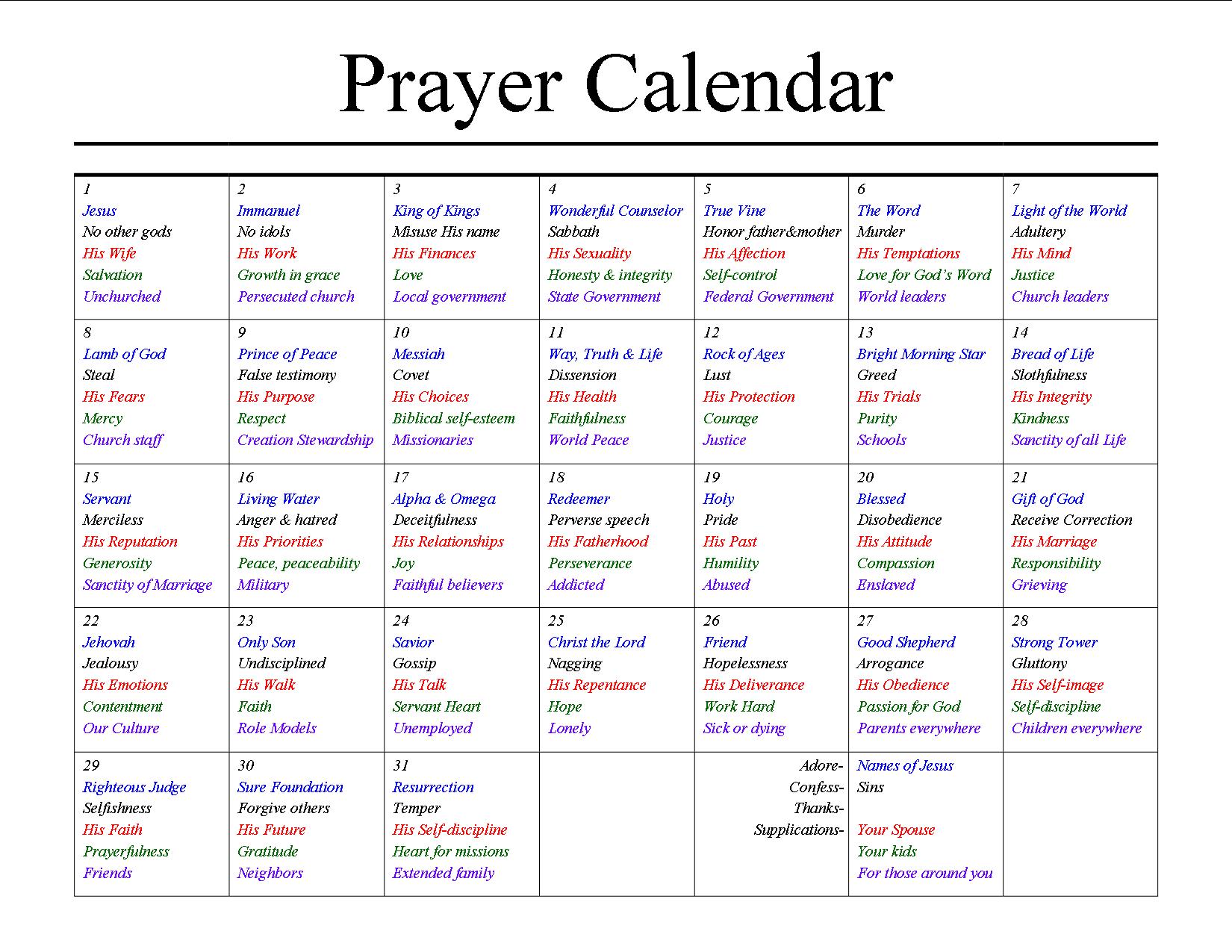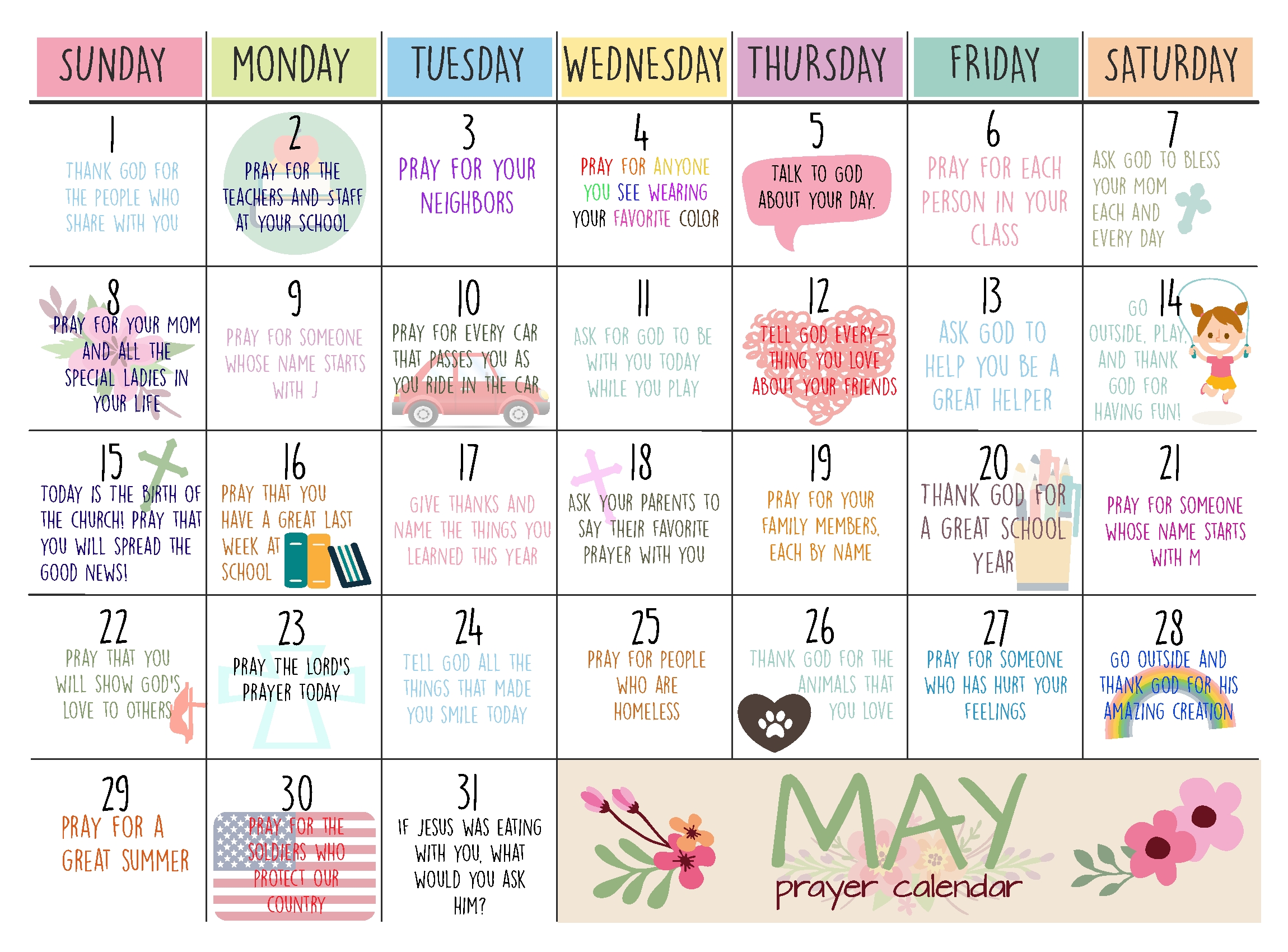Navigating Time and Religion: A Deep Dive into Dar al-Hijrah’s Prayer Calendar and its Significance
Associated Articles: Navigating Time and Religion: A Deep Dive into Dar al-Hijrah’s Prayer Calendar and its Significance
Introduction
With nice pleasure, we’ll discover the intriguing subject associated to Navigating Time and Religion: A Deep Dive into Dar al-Hijrah’s Prayer Calendar and its Significance. Let’s weave fascinating info and supply contemporary views to the readers.
Desk of Content material
Navigating Time and Religion: A Deep Dive into Dar al-Hijrah’s Prayer Calendar and its Significance

Dar al-Hijrah Islamic Middle, a outstanding mosque in Northern Virginia, serves a big and various Muslim group. Central to the lifetime of this group, and certainly to the apply of Islam itself, is the observance of the 5 day by day prayers (Salat). Understanding and using Dar al-Hijrah’s prayer calendar is subsequently essential for its congregants and anybody within the rhythm of life inside this vibrant Islamic establishment. This text will discover the importance of the prayer calendar, its sensible functions, the elements influencing its timings, and the broader context inside the Muslim group and past.
The 5 Pillars and the Centrality of Prayer:
Islam rests upon 5 pillars: the declaration of religion (Shahada), prayer (Salat), charity (Zakat), fasting throughout Ramadan (Sawm), and pilgrimage to Mecca (Hajj). Of those, prayer is arguably essentially the most elementary, forming the spine of a Muslim’s day by day life. The 5 day by day prayers – Fajr (daybreak), Dhuhr (midday), Asr (afternoon), Maghrib (sundown), and Isha (evening) – function anchors all through the day, reminding the believer of their connection to God (Allah). These prayers should not merely rituals; they’re acts of worship, reflection, and submission to God’s will.
Dar al-Hijrah’s prayer calendar meticulously outlines the exact occasions for these prayers, calculated in keeping with the geographical location of the mosque and the astronomical actions of the solar. This calendar just isn’t merely an inventory of occasions; it is a important device that facilitates the non secular lifetime of the group, making certain that congregants can take part in collective prayer (Jama’ah) on the designated occasions.
Elements Influencing Prayer Time Calculations:
The calculation of prayer occasions is a posh course of, requiring exact astronomical knowledge and adherence to particular Islamic jurisprudence (Fiqh). A number of elements affect these calculations:
-
Geographical Location: Probably the most essential issue is the mosque’s latitude and longitude. Because the solar’s place varies throughout totally different geographical areas, prayer occasions differ accordingly. Dar al-Hijrah’s calendar is particularly tailor-made to its location in Northern Virginia.
-
Time of 12 months: The size of daylight adjustments all year long. Throughout summer season months, daylight are longer, leading to later sundown and consequently later Maghrib prayer occasions. Conversely, throughout winter, daylight are shorter, resulting in earlier sundown and Maghrib prayer occasions.
-
Astronomical Calculations: Exact astronomical calculations are mandatory to find out the exact moments of dawn, sundown, and the middleman occasions for different prayers. Completely different strategies of calculation exist inside Islamic jurisprudence, resulting in slight variations in prayer occasions throughout totally different mosques and communities. Dar al-Hijrah probably makes use of a particular technique, which needs to be clarified on their official web site or calendar.
-
Methodology of Calculation: Completely different Islamic faculties of thought (Madhhabs) have barely totally different methodologies for calculating prayer occasions, resulting in minor discrepancies between calendars. Understanding the precise technique employed by Dar al-Hijrah is significant for these utilizing their calendar.
The Sensible Purposes of Dar al-Hijrah’s Prayer Calendar:
Dar al-Hijrah’s prayer calendar serves a number of sensible functions:
-
Facilitating Congregational Prayer: The calendar permits congregants to attend the 5 day by day prayers on the mosque, fostering a way of group and shared worship. Collective prayer is very inspired in Islam, and the calendar makes this simpler to realize.
-
Private Time Administration: Muslims use the calendar to plan their day round prayer occasions, making certain they’ll fulfill their spiritual obligations with out disruption. That is notably vital for these with busy schedules.
-
Observing Islamic Occasions: The calendar typically incorporates details about vital Islamic occasions, similar to Ramadan, Eid al-Fitr, Eid al-Adha, and different important events. This built-in strategy helps the group keep knowledgeable and take part in these essential occasions.
-
Academic Useful resource: The calendar can function an academic device, particularly for brand new Muslims or these unfamiliar with the intricacies of prayer time calculations. It permits people to grasp the rhythm of Islamic life and the significance of punctuality in prayer.
-
Group Constructing: The shared use of the calendar reinforces the sense of group inside Dar al-Hijrah. It offers a standard framework for the day by day lives of its members, strengthening their bonds and fostering a way of belonging.
Past the Instances: The Religious Significance of the Calendar:
The prayer calendar is greater than a mere timetable; it represents a structured strategy to non secular life. It emphasizes the significance of regularity, self-discipline, and conscious engagement with God. The constant observance of prayer occasions, as indicated on the calendar, cultivates a deeper reference to the divine and strengthens one’s religion.
The act of consulting the calendar itself turns into a ritualistic act, a reminder of the significance of prayer and its place inside the day by day routine. It serves as a continuing reminder of the believer’s dedication to their religion and their dedication to fulfilling their spiritual obligations.
Accessibility and Modernity:
Within the trendy age, Dar al-Hijrah probably presents its prayer calendar in a number of codecs to make sure accessibility for its various group. This would possibly embody:
- Web site: A readily accessible on-line calendar on the mosque’s official web site, typically that includes interactive options and downloadable choices.
- Cell App: A devoted cellular software offering real-time prayer occasions and notifications, making it handy for people on the go.
- Printed Copies: Bodily copies of the calendar could be distributed inside the mosque and surrounding group.
- Social Media: Prayer occasions could be introduced usually on the mosque’s social media platforms.
Conclusion:
Dar al-Hijrah’s prayer calendar is rather more than a easy schedule; it’s a important device that facilitates the non secular lifetime of its group. It displays the significance of prayer inside Islam, the complexities of its calculation, and the sensible functions in day by day life. By understanding the elements influencing prayer occasions and the importance of the calendar, we achieve a deeper appreciation for the rhythm and construction that guides the day by day lives of Muslims inside the Dar al-Hijrah group and past, highlighting the enduring energy of religion and its integration into the material of contemporary life. The calendar serves as a tangible illustration of this integration, a silent but highly effective testomony to the enduring power of Islamic custom in a recent context.








Closure
Thus, we hope this text has supplied precious insights into Navigating Time and Religion: A Deep Dive into Dar al-Hijrah’s Prayer Calendar and its Significance. We thanks for taking the time to learn this text. See you in our subsequent article!